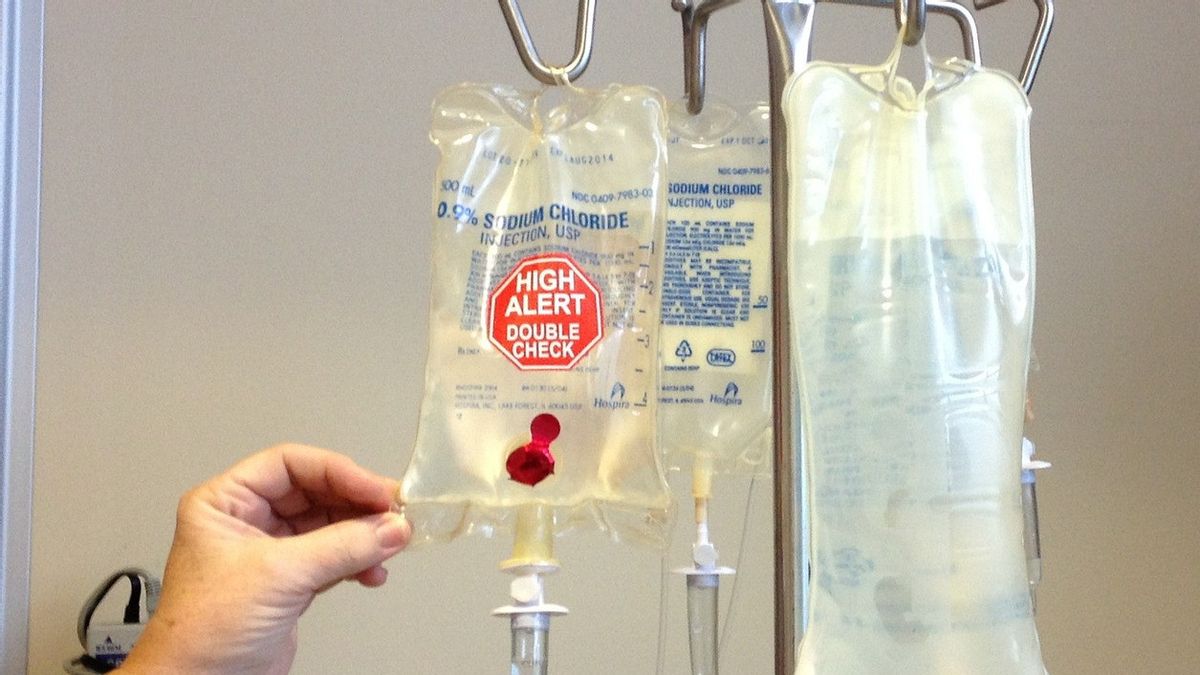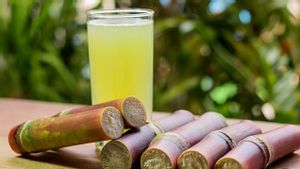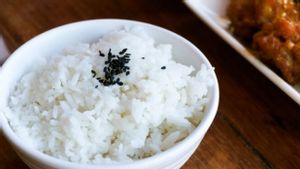YOGYAKARYA Infusion is one of the most important medicine preparations in the world of health. Giving infusion through the intevena route can replace the loss of fluids or food substances from the body. This article will discuss 15 types of infusion liquids and their functions.
Topic
Control of infusion
15 types of infusion liquids and their functions
- NaCl 0.9%
- Ringer Laktat
- Dextrose 5%
- Dextrose 10%
- Dextrose 20%
- Albumin 5%
- HES 6%
- Plasma Lutena
- Fresh Frozen Plasma (FFP)
- Packed Red Cell (PRC)
- Platelet Concentrate
- Colloid
- Vasopresin
- Furosemide
- Antibiotics
What is Infusion? Infusion is a mixture of drugs given through blood vessels (intravenous) to replace liquid tau substances from the body.
Infusions include sterile preparations, so the quality must be maintained from production to consumers' hands. Intravenous fluid will be given when the patient is treated at the hospital.
Infusion liquids are stored in a bag or sterile bottle that will be channeled through the tube to the blood vessels.
The types and quantities used depend on the patient's condition, availability of fluids, and the purpose of providing infusion liquids.
In addition to providing fluids, the administration of infusion can also be done as a parentral method of drug administration (outside the digestive tract).
Summarized from various sources, there are at least 15 types of infusion fluids that can be given into the body. The infusion liquid given will be adjusted to the patient's medical condition.
Here are 15 types of infusions and funsgi that you need to know
The 0.9% Saline liquid is an infusion containing sodium chloride. The function of the NaCL infusion is to replace the missing body fluids, correct the electrolyte imbalance, and keep the body well hydrated.
The lactate ringer is an infusion liquid that contains calcium, potassium, lactic, sodium chloride, and water.
Traffic ringers are usually given to replace body fluids that are lost when injured, injured, or undergoing surgery that causes a lot of blood loss quickly in large quantities.
In addition, this type of infusion is also often used as a maintenance liquid while undergoing treatment at the hospital.
This infusion liquid contains glucose at a level of 5 percent. Dextrose 5% is used to temperature the sugar demand in the blood.
SEE ALSO:
Dextrose 10% is an infusion liquid containing glucose with a level of 10 percent. The general function of this infusion liquid is to help meet the sugar needs in the body. This drug is given when the patient's blood sugar levels are too low or hypoglycemia.
Similar to the 10% dextrose, this infusion also contains glucose, only the levels are higher, which is as much as 20 percent.
Dextrose 20% is usually used in emergency conditions, to keep sugar levels in the body less low. This infusion liquid is generally given to patients who have organ function disorders so they cannot control sugar and carbohydrate levels.
Albumin infusion with a concentration of 5% is an infusion liquid used to increase albumin in the blood. A patient will be given an albumin infusion if the albumin content in the blood is less than 3.5-5g/dl.
Albumin itself is the main protein in human blood that functions to maintain the balance of fluids inside and outside the blood vessels.
This infusion liquid contains a Hydroxyethyl starch (HES) with a concentration of 6 percent. The HES Infusion liquid function is 6%, namely replacing the lost blood volume in hypovolmia patients (blood loss or large amounts of search).
The lutena plasma is an infusion liquid that contains high levels of immunoglobulin (igG). The main function of this infusion fluid is to maintain the immune system, lower blood pressure, and overcome glukomas.
This type of infusion contains all blood clotting factors. FFP infusion is used to prevent and stop bleeding that occurs in patients.
Packed Red Cell is an infusion preparation that functions to replace or add red blood cells in the missing body. Patients who lose large amounts of blood must immediately get an PRC infusion.
Also known as Platelet Rich Plasma (PRP), this type of infusion contains blood plasma with high platelets, PRP infusions are usually given to patients who experience blood clotting disorders, such as people with fun.
This type of infusion contains large molecules that cannot penetrate the vascular capillary wall. This infusion liquid can be given to patients who are in critical condition, surgical patients, and also as a resus liquid.
Some of the infusion liquids that are included in the colloidal liquid are gelatin, albumin, and decstran infusions.
Vosopresin liquids are usually used to treat diabetic inspidus patients. The provision of vasopression can reduce the frequency of urination and control thirst.
Furosemide is an infusion liquid that functions to overcome the buildup of fluids in the body (edema). In addition, this liquid can also be used to treat hypertension or high blood pressure.
Infusion of antibiotics is usually given in cases of severe infection. This infusion refers to the intravenous administration of antiobiotics (IV) or directly to blood vessels.
That's information about 15 types of infusion fluids and their functions. Get news updates of other options only on VOI.ID.
The English, Chinese, Japanese, Arabic, and French versions are automatically generated by the AI. So there may still be inaccuracies in translating, please always see Indonesian as our main language. (system supported by DigitalSiber.id)













